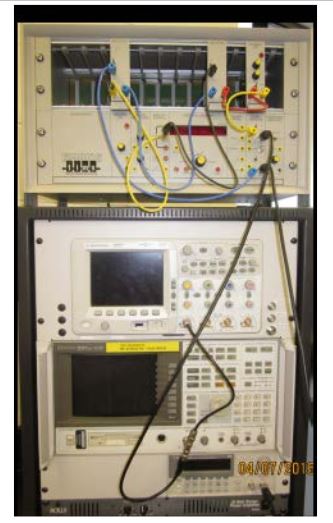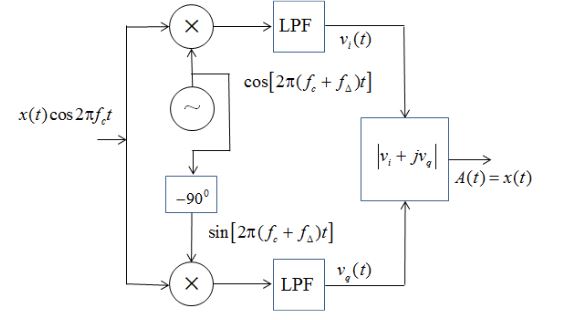ABSTRACT
In this paper we present the successes of combining MATLAB™ simulation methods with the Telecommunication Instructional Modeling System (EMONA-IMS™) to provide experiential learning in our senior level wireless communication systems course. Using TIMS™ our students develop, implement and then test real-world communication hardware using real signals such as demodulated audio from a local broadcast station and thus are engaged in “real-world” modulation and demodulation techniques and hardware.
They thus develop a more intuitive sense for how the modulation and demodulation processes are carried out. The MATLAB™ simulation approach achieves several objectives which include: (a) instructs students on how to put together a proper simulation, (b) provides the flexibility to change various system parameters, much more so than with fixed hardware, and (c) is the starting point for a software define radio (SDR) system.
We find the synergy in combining these two approaches in our communication systems course greatly enhances the achievement of our learning objectives. Course feedback on these pedagogical methods has been positive. The TIMS™ provides a practical understanding of the abstract concepts of modulation and demodulation and their related time and frequency components; the MATLAB™ coding gives them the tools to test out various ideas including those that support their senior capstone projects.
COMMUNICATION SYSTEMS LAB PLATFORM

Figure 1. Communication Systems laboratory platform
The platform for our Communication Systems Labs is shown in Figure 1. As observed this rack system consists of the following equipment: (a) EMONA TIMS™-30, (b) Agilent DSO 6034A Digitizing Oscilloscope, (c) Agilent 89410 Vector Signal Analyzer, (d) Agilent 33220A Function Generator, (e) Rolls 35 Watt Stereo Power amplifier, and (f) an AM/FM tuner with stereo speakers. The system in Figure 1 also shows how the patch cables are used to interconnect the various modules.
COMMUNICATION SYSTEMS LABORATORY PROJECTS

Figure 2. I+Q Q uadratue receiver for detection of AM and SCDSB signals with error in local oscillator frequency
They readily see how errors in the local oscillator frequency do not affect the message clarity, whereas with ordinary product detection (i.e. just a multiplier and LPF) large errors can cause the demodulated signal to have significant distortion, and with small errors, the message has a time-varying envelope. To illustrate this point, we have the students simulate an I+Q receiver as shown in Figure 2. The input is a SCDSB whose modulating signal is a music file and the output feeds to a speaker.
CONCLUSIONS
We have presented a laboratory experience that combines the flexibility of MATLAB™ simulation experience plus the hands on TIMS™ system to enhance student learning of communication systems theory. While we can debate the relative merits of simulation versus actual hardware, we do both and the student response in terms of their learning and enthusiasm for the subject are positive.
The TIMS™ based approach reinforces the “concept map” or block diagram approach to modulation and demodulation as presented in the textbook. The MATLAB™ simulation is valuable too because they learn how to set up a proper simulation as well as well as it being the first step toward implementing an SDR system. Although we are in the early stages of assessment, we have observed several advantages in combining these two pedagogical approaches based on student feedback and improved student comprehension.
Source: California State University
Authors: Paul B. Crilly | Richard J. Hartnett
>> More Matlab Projects on Signals and Systems for Engineering Students
>> More Matlab Projects for Telecommunication for Final Year Students
>> More Matlab Projects based on Wireless Communication for Engineering Students
>> More Wireless Communication Projects in Matlab for Engineering Students